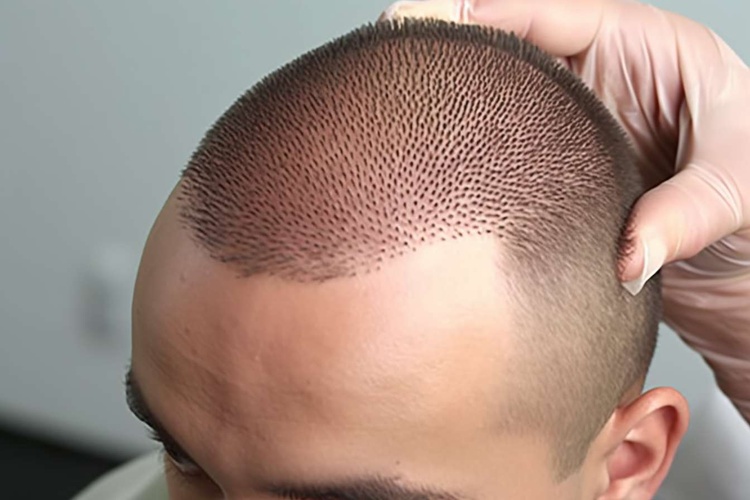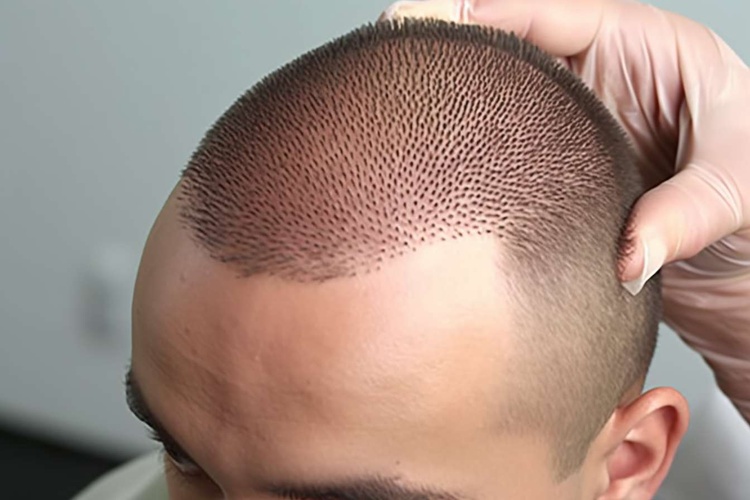Understanding Hair Restoration: Options, Treatments, and Expectations
Hair restoration has evolved significantly in recent years, offering hope to millions experiencing hair loss. From non-invasive treatments to surgical procedures, modern approaches combine medical science with aesthetic expertise to deliver natural-looking results. Understanding the available options can help individuals make informed decisions about addressing their hair loss concerns.

Hair loss affects millions of people worldwide, impacting not just physical appearance but often psychological well-being. Fortunately, advancements in hair restoration technology have created numerous effective solutions for those seeking to regain their hair and confidence. Whether you’re experiencing early signs of thinning or more advanced hair loss, today’s treatment options offer promising results with increasingly natural appearances.
What Is Medical Hair Restoration and How Does It Work?
Medical hair restoration encompasses various treatments designed to prevent further hair loss and stimulate new growth. These approaches target the underlying causes of hair loss, which may include genetics, hormonal changes, medical conditions, or lifestyle factors.
Professional medical hair restoration typically begins with a comprehensive evaluation by a specialist who examines your scalp condition, hair loss pattern, and medical history. Based on this assessment, they may recommend treatments ranging from prescription medications like finasteride and minoxidil to more advanced options such as platelet-rich plasma (PRP) therapy, which uses your body’s own healing mechanisms to stimulate hair follicles.
Many medical hair restoration clinics offer combination therapies that address multiple aspects of hair loss simultaneously, providing more comprehensive results than single-treatment approaches. These personalized treatment plans often yield better outcomes as they’re tailored to individual needs and specific hair loss patterns.
Finding Professional Hair Regrowth Clinics in Your Area
When searching for professional hair regrowth services in your area, it’s important to consider several factors to ensure you receive quality care. Start by researching clinics with board-certified dermatologists or hair restoration specialists who have specific training and experience in treating hair loss.
Look for clinics that offer comprehensive consultations and transparent information about their treatment options and expected outcomes. Reputable facilities will provide detailed explanations of procedures, recovery times, and realistic results rather than making exaggerated promises.
Patient reviews and before-and-after photos can provide valuable insights into a clinic’s expertise and success rates. Many professional clinics also offer virtual consultations, making it easier to connect with specialists without immediate travel. When evaluating local options, consider facilities that provide ongoing support and follow-up care, as hair restoration is often a process rather than a one-time treatment.
What Treatments Are Available at Medical Scalp Treatment Centers?
Medical scalp treatment centers offer a range of therapies designed to address various causes of hair loss and promote healthier hair growth. These specialized facilities focus not just on the hair itself but on overall scalp health, which forms the foundation for successful hair restoration.
Common treatments include:
- Topical and oral medications to address hormonal causes of hair loss
- Low-level laser therapy (LLLT) to stimulate cellular activity and hair growth
- Mesotherapy injections that deliver vitamins, minerals, and amino acids directly to the scalp
- Scalp micropigmentation for those seeking a cosmetic solution to the appearance of thinning hair
- Specialized shampoos and treatments for conditions like seborrheic dermatitis that can contribute to hair loss
Many medical scalp treatment centers also address nutritional factors that influence hair health, sometimes recommending dietary changes or supplements to support optimal hair growth. These comprehensive approaches recognize that scalp health and hair growth are influenced by multiple factors requiring integrated treatment strategies.
How to Choose the Right Advanced Hair Restoration Procedure
Selecting the appropriate hair restoration procedure depends on several factors including the extent of your hair loss, your hair type, budget, and personal preferences regarding recovery time and maintenance. The most advanced procedures today include follicular unit extraction (FUE), follicular unit transplantation (FUT), and robotic hair restoration.
FUE involves harvesting individual hair follicles and transplanting them to areas of thinning, creating natural-looking results with minimal scarring. FUT (sometimes called the strip method) removes a strip of scalp with healthy follicles that are then transplanted to balding areas, offering efficiency for larger areas of restoration.
Robotic hair restoration uses AI-guided technology to select and harvest the most viable follicles with precision that exceeds human capability. This technology has significantly improved graft survival rates and reduced recovery times.
When choosing a procedure, consider consulting with multiple specialists who can provide different perspectives on which approach might work best for your specific situation. The ideal procedure balances your aesthetic goals with practical considerations like recovery time and long-term maintenance.
Understanding Advanced Hair Restoration Cost and Financing Options
Advanced hair restoration procedures represent a significant investment, with costs varying widely based on the technique used, the extent of treatment needed, geographic location, and the provider’s expertise. Understanding these factors can help you plan financially for your hair restoration journey.
| Procedure Type | Average Cost Range | Key Factors Affecting Price |
|---|---|---|
| FUE Transplant | $4,000 - $15,000 | Number of grafts, clinic reputation |
| FUT Transplant | $4,000 - $10,000 | Area covered, surgeon experience |
| PRP Therapy | $500 - $2,000 per session | Number of sessions needed |
| Low-Level Laser Therapy | $200 - $1,200 | At-home device vs. in-clinic treatment |
| Medication Therapy | $10 - $200 monthly | Generic vs. brand-name, dosage |
Prices, rates, or cost estimates mentioned in this article are based on the latest available information but may change over time. Independent research is advised before making financial decisions.
Many clinics offer financing options to make treatments more accessible, including payment plans, medical credit cards, and sometimes even seasonal promotions. When researching costs, be sure to inquire about what’s included in the quoted price—some clinics bundle consultation fees, medications, and follow-up visits, while others charge for these separately.
Insurance typically doesn’t cover cosmetic hair restoration, though procedures addressing medically-necessary restoration (such as for burn victims or those with certain medical conditions) may qualify for partial coverage. Always verify coverage directly with your insurance provider before proceeding.
What to Expect During Recovery and Long-term Results
Recovery from hair restoration procedures varies depending on the treatment type. Non-surgical options like PRP therapy or medication require little to no downtime, while surgical procedures necessitate a recovery period during which the transplanted follicles establish themselves in their new location.
Following FUE or FUT procedures, patients typically experience some swelling and discomfort for 3-5 days. Small scabs form around transplanted follicles and generally fall off within 7-10 days. Most people can return to work within a week, though strenuous activity should be avoided for about two weeks.
Regarding results, patience is essential. Transplanted hair often sheds within 2-3 weeks after surgery (known as “shock loss”), which is a normal part of the process. New growth typically begins around 3-4 months post-procedure, with significant improvements visible at 6-9 months. Final results are generally apparent after 12-18 months when the transplanted hair has fully matured.
For long-term success, many specialists recommend maintenance treatments and ongoing care to protect both transplanted and existing hair. This might include medication, periodic PRP sessions, or specialized hair care products designed to support continued hair health and prevent further loss.
This article is for informational purposes only and should not be considered medical advice. Please consult a qualified healthcare professional for personalized guidance and treatment.




